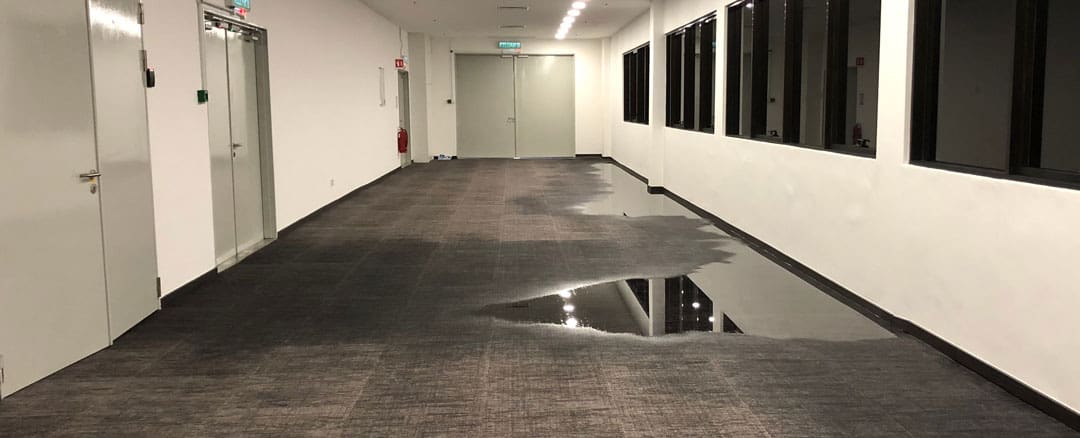Do's & Don'ts of Water Restoration.
Do's & Don'ts of Water Restoration.
Blog Article
Are you in search of information concerning 5 Home Safety Tips To Reduce The Risk Of Fire And Water Damage?

Water gives life, however water intrusion on some parts where it's not expected to be can result in damages and hassle. In addition, homes with water damages smell stuffy and old.
Water can originate from numerous sources like tropical storms, floods, ruptured pipes, leakages, as well as sewage system issues. If you have water damages, it's far better to have a working expertise of safety precautions. Here are a few guidelines on how to take care of water damages.
Do Prioritize Home Insurance Protection
Seasonal water damage can come from floodings, seasonal rains, as well as wind. There is likewise an incident of an abrupt flooding, whether it originated from a malfunctioning pipeline that unexpectedly breaks right into your residence. To safeguard your residence, get house insurance that covers both disasters such as all-natural calamities, as well as emergency situations like damaged plumbing.
Don't Neglect to Switch Off Energies
When calamity strikes as well as you remain in a flood-prone area, turn off the major electric circuit. Shutting off the power avoids
electric shocks when water is available in as water acts as a conductor. Do not neglect to turn off the main water line shutoff as a method to avoid even more damages.
Keep your furniture secure as they can relocate around and also cause extra damage if the floodwaters are getting high.
Do Keep Proactive and also Heed Weather Condition Informs
If you live in a location tormented by floodings, stay prepared as well as aggressive at all times. Listen to the news and also emptying cautions if you live near a body of water like a creek, lake, or river .
Don't Disregard the Roofing System
Your roofer needs to take treatment of the damaged seamless gutters or any other indicators of damages or weakening. An evaluation will prevent water from flowing down your wall surfaces and saturating your ceiling.
Do Pay Attention to Little Leaks
There are red flags that can draw your attention and also show to you some damaged pipes in your house. Indicators of red flags in your pipelines consist of bubbling paint, peeling wallpaper, water streaks, water discolorations, or leaking sounds behind the walls. Fixing as well as inspect your plumbing fixed before it results in enormous damage to your residence, financial resources, and a personal headache.
Don't Panic in Case of a Ruptured Pipeline
Timing is key when it comes to water damages. If a pipe ruptureds in your residence, quickly closed off your main water valve to cut off the resource and prevent even more damage. Call a credible water damage repair specialist for help.
Water provides life, but water intrusion on some components where it's not supposed to be can result in damage and aggravation. In addition, homes with water damage smell mildewy as well as old.
Seasonal water damage can come from floodings, seasonal rainfalls, and wind. Signs of red flags in your pipelines consist of bubbling paint, peeling wallpaper, water streaks, water discolorations, or trickling noises behind the walls. If a pipe bursts in your home, right away closed off your major water valve to reduce off the resource as well as protect against even more damage.
Are Water Mitigation and Water Damage Restoration the Same Thing?
When are Water Mitigation Services Needed?
Water intrusion can come from small sources like a dishwasher leak or larger ones like rainwater causing inches of standing water in a basement. Other instances of damage that call for water mitigation services include:
Sewer backup, sump pump failure, or clogged toilets Toilet wax seal failure Shower pan corrosion Pipe leaks and ruptures Washer or icemaker line breaks HVAC drain line blockage A leaking roof Moisture behind walls Foundation cracks Mold Mold is a good example to illustrate how water mitigation works. We’ve often found that clients we do mold remediation services for had existing water damage issues that ended up leading to the mold damage. When performing water mitigation we look for what’s causing the water problem and for ways to stop mold before it multiplies and becomes a bigger concern.
Are You Currently Experiencing a Water Disaster?
If you’re in the middle of a water intrusion disaster, here are some important dos and don’ts to follow:
Don’ts:
Safety first! Do not enter a room with standing water until the electricity has been turned off! A regular household vacuum should never be used to pick up water. Never use electrical appliance if standing on a wet floor or carpet. Leave visible mold alone. Dos:
Call a water mitigation professional as soon as possible. Mold and other damage can begin within hours of a water intrusion. Mop and blot up as much water as possible. Remove non-attached floor coverings and mats but leave wall-to-wall carpeting removal to a pro. If there are window coverings like draperies that touch the water, loop them through a hanger and put them up on the rod. Remove wet cushions to dry and wipe down soaked furniture. Move valuables like paintings, photos, and art objects to a dry location. Books should be left tightly packed on shelves until it’s determined if they need specialized drying. Prop open closets, cabinets, and drawers to allow them to air out. https://cfrsfl.com/blog/are-water-mitigation-and-water-damage-restoration-the-same-thing/

We are very focused on Preventing Fires and Water Damage In Your Home and I'm hoping you enjoyed reading the blog post. Are you aware of another individual who is fascinated by the niche? Be sure share it. We thank you for reading our article about Reducing Your Risk Of Water And Fire Damage At Home.
Report this page